Cartier Reverso
Featuring the dual time variant. A cool and fun fidget time toy.
Figs.1-4 - early ‘70’s Cartier Reverso Dual Time on the wrist.
Background
A Jaeger-LeCoultre inspiration
As occasionally there are mysteries difficult to unravel with some things in Cartier’s past, there are conflicting reports of the initial date period that Cartier introduced a Reverso reference. Some public reports, including two just a couple weeks apart place the introduction in either the ‘60’s or very early ‘70’s sporting a Tank shape, cabochon-topped side winding crown with a solid back (1,2). This design bore homage to the iconic design of the original Jaeger LeCoultre (JLC) Reverso introduced in the ‘30’s.
Several Reverso variants were manufactured by Cartier bearing the Paris print on the dials. These Reverso mechanism watches inspired by the original JLC variant are cool and interesting vintage offerings and were reportedly produced in two versions during the early and late ‘70’s in men’s and women’s sizes (Figs. 5,6). There is also a possible piece unique, featuring a solid case back and lower, frenched winding crown as opposed to the usual cabochon-topped side crown (Figs. 7,8).
Figs. 5,6 - 1980 Cartier Reverso auctioned by Christie’s in Hong Kong, May 2024 for HKD 119,700. Images courtesy of Christie’s.
Figs. 7, 8 - Cartier Reverso, possible piece unique. Images courtesy of John Goldberger.
If one is good maybe two is better?
Cartier Paris also manufactured a Reverso Dual Time (DT) reference in apparently limited quantities during the ‘70’s. The DT currently commands a large premium over the solid back Reverso on the secondary market and is less often seen. Several seen from auction have had repeat appearances at different houses and in public sales, so should not be confused as unique additional examples known. The Reverso DT had dimensions of 24 x 33mm (35mm length including lugs) in a yellow gold case. There was reportedly one known special-order example produced in an alternate 19 x 24mm size as shown in Fig. 9.
Fig. 9 - Smaller size Cartier Reverso dual time. Image courtesy of John Goldberger.
The Dial
There are at least two original different dual dial variants known of the Cartier Reverso DT. In addition to subject example, the additional dual dial designs I have been able to locate are featured in Figs. 10-13. They are listed in order of the inventory number stamped on respective case backs.
The first type is subject example depicted above in Figs. 1-4 with the classic white enamel dial and Paris print on one side and a golden brushed dial with Paris print on the opposing side. The white enamel dial is free of any crazing or chips common to see on these types. The gold brushed dial is an interesting contrast and is free of any marks or damage.
The second type has the classic white enamel dial with “France” print below the center post and lower Paris print on one dial and a champagne dial with “France” print below the center post and lower Paris print on the second dial. I’ve only seen the example shown below with this variant and the example is in top vintage condition (Figs. 10,11).
A third type that’s seen in market features the classic white enamel dial with lower Paris print on one dial and some controversy over the black dial with gold markers and print on the second dial with Paris elevated under the center post. This example previously appeared at Antiquorum auctions in 1989 and 1990 with a description of a white and champagne dual dial configuration (Fig 14). (Figs. 12, 13). Each of these dial variants feature the classic railway minute track and Roman numeral hour markers.
Figs. 10, 11- White enamel and champagne tone dials featuring France print on lower dial inside the railway track and Paris print at dial bottom. Images courtesy of Matthew Bain Inc. @wirelug, wwwmatthewbaininc.com.
Figs. 12, 13 - White enamel and Black dials featuring printed Paris on bottom of white dial and printed Paris inside the railway track on lower portion of black dial. Auctioned on May 30, 2024 for €30,240. Image courtesy of Pandolfini auctions.
Fig. 14 - Previous auction result from Antiquorum in 1990 with same case back number as black dial variant auctioned at Pandolfini in 2024. Image courtesy of Antiquorum.
The Case and Clasp
The case and clasp were manufactured for Cartier by Edmond Jaeger (EJ). On the wrist, the case has more presence than usual Tank references due to the profile and the large, rounded lug design (Figs. 18, 19). Subject example appears original and unpolished. There is a three-digit stamping on the inside carriage that should match the stamping on the inner movement plate on respective examples, which is consistent with the last three-digits of the full case serial number. (Figs. 16, 17).
When compared to the JLC case carriage from the era, a different finish in horizontal brushings is noted for the Cartier carriage which is entirely flat as opposed to the usual perlage finish seen in the JLC Reverso carriage with a side vertical, concave flip channel (Fig. 24 ) The opposing mechanisms are manually wound with thin, frenched crowns that are a neat, subtle design detail (Fig. 18). The case back has a vertical brushed finish, twin eagle head and EJ hallmarks, gold stamping and the Cartier cursive signature at the top and what is presumably an inventory number stamped toward the bottom (Fig. 15).
Functionally speaking, the watch head glides in dual slit channels and when it reaches the endpoint, the channels have a round notch that allows the opposing case bearings (Fig. 18) to pivot and flip the watch head over. A light touch will snap it back down into a locked position on the opposite side by connecting the opposite side bearing into the opposing slit channel notch, in similar fashion to the JLC Reverso mechanism (Fig. 15). The carriage has a very slight tolerance between the mineral crystal and the bottom that ensures neither side is making contact (Fig. 20).
The deployant clasp features the Cartier cursive script stamping on one blade, eagle head French 18k hallmark and EJ stamping which confirm its correct match with the watch (Figs. 22, 21). Like other Cartier models featuring a deployant clasp, it is made of rose gold, apparently for its superior clasp connection and the hue difference to the case is quite subtle but noted in certain light conditions (Fig. 23). A word to the wise…careful wrist measurement is critical to finding a properly fitting strap due to the bespoke nature of the deployant clasp design that does not accommodate holes for different adjustments.
Fig. 15 - Dual Time case back showing double eagle French hallmark, gold stamping, Edmond Jaeger hallmark, presumable inventory number stampings, Cartier signature.
Figs. 16,17 - Dual Time case carriage with three-digit case stamping that matches inner movement plate three-digit stamping.
Figs. 18, 19 - Dual Time case views of a recessed crown, carriage connection bearing and side profile.
Fig. 20 - Gap between crystal and lower carriage bottom has a very thin tolerance to avoid contact.
Figs. 21, 22 - Clasp stampings and signature.
Fig. 23- A rose gold hue of the deployant clasp is evident against the yellow gold case.
Fig. 24 - A comparison of respective Reverso carriage design differences. Image courtesy of Tony Traina, @tony_traina, www.unpolishedwatches.com.
The Movements
Unlike some admired Cartier references fitted with single ETA-based movements that have recently achieved skyrocketing and eye watering prices at auction, the Reverso DT utilized dual ultra-thin movements. Possibly different ebauches were used during the latter production run as noted in Fig. 8 and likely most, if not all examples were JLC based P838 movements placed back-to-back as shown in Figs. 25 and 26. The construction of robust and ultra-thin movements used in this manner is quite interesting and was innovative for the time.
Figs. 25, 26 - Dual JLC based P838 movements for Cartier Reverso Dual Time. Note circled three-digit stamping. This stamping should match inner carriage stamping on respective examples. Image courtesy of Linden Lazarus, @oliverandclarke, www.oliverandclarke.com.
Closing Thoughts
The Cartier Reverso DT offers an interesting interpretation of the iconic Tank design with slightly bowed sides featuring a thicker profile due to the dual timepieces and resulting heftier presence on the wrist. For me personally, this DT variant adds some diversity to the collection, makes for a functional travel companion and scratches an itch I’ve had over time for a vintage Reverso, with its JLC DNA (Fig. 29).
The Reverso carriage mechanism is executed to precision and allows for a manual time zone flip switch with ease. It’s also a fun alternative to a fidget toy for vintage watch enthusiasts (see video)! Beyond the cool fun factor, this reference is interesting for its apparent limited numbers, functionality and unique offering that checks a box for many collectors who are also intrigued by the iconic Jaeger LeCoultre Reverso mechanism and revered Cartier brand. The Cartier Reverso and Cartier Reverso DT are each interesting options for one to consider as additions to diversify a collection (Figs. 27, 28).
Figs. 27, 28 - A Cartier Reverso and Cartier Reverso DT pair. Images courtesy of Alessandro Fanciulli @mr.a, www.avocadovintagewatches.com.
Fig. 29 - Dual Time horizontal profile. Custom fit strap by Torrestraps @torrestraps.
The Cartier Dual Time in motion below.
Thanks for reading. If you enjoy the content, please subscribe to my www.aircooltime@substack.com account.
@aircooltime - Instagram
Acknowledgements, Footnotes and Disclaimers
Images are either my own, in the public domain or credited as noted. Opinions shared are from my own personal observations and from discussions over time within the collector community. Special thanks to the following for their assistance with images, and/or content discussion.
Matt Bain @wirelug, www.matthewbaininc.com, Vivek Chava @tahomawatches, Atin Chopra @atc6263, Alessandro Fanciulli @mr.a, www.avocadovintagewatches.com, Linden Lazarus @oliverandclarke, www.oliverandclarke.com, Auro Montanari, @goldberger, Kevin O’Dell @theydid, Tony Traina @tony_traina, www.unpolishedwatches.com.
(1) Christie’s. Watches Online: The Dubai Edit, Lot 77. April 30, 2024
(2) Christie’s. Live Auction 23037: Rare Watches Including the Property of Michael Schumacher, Lot 142. May 14, 2024

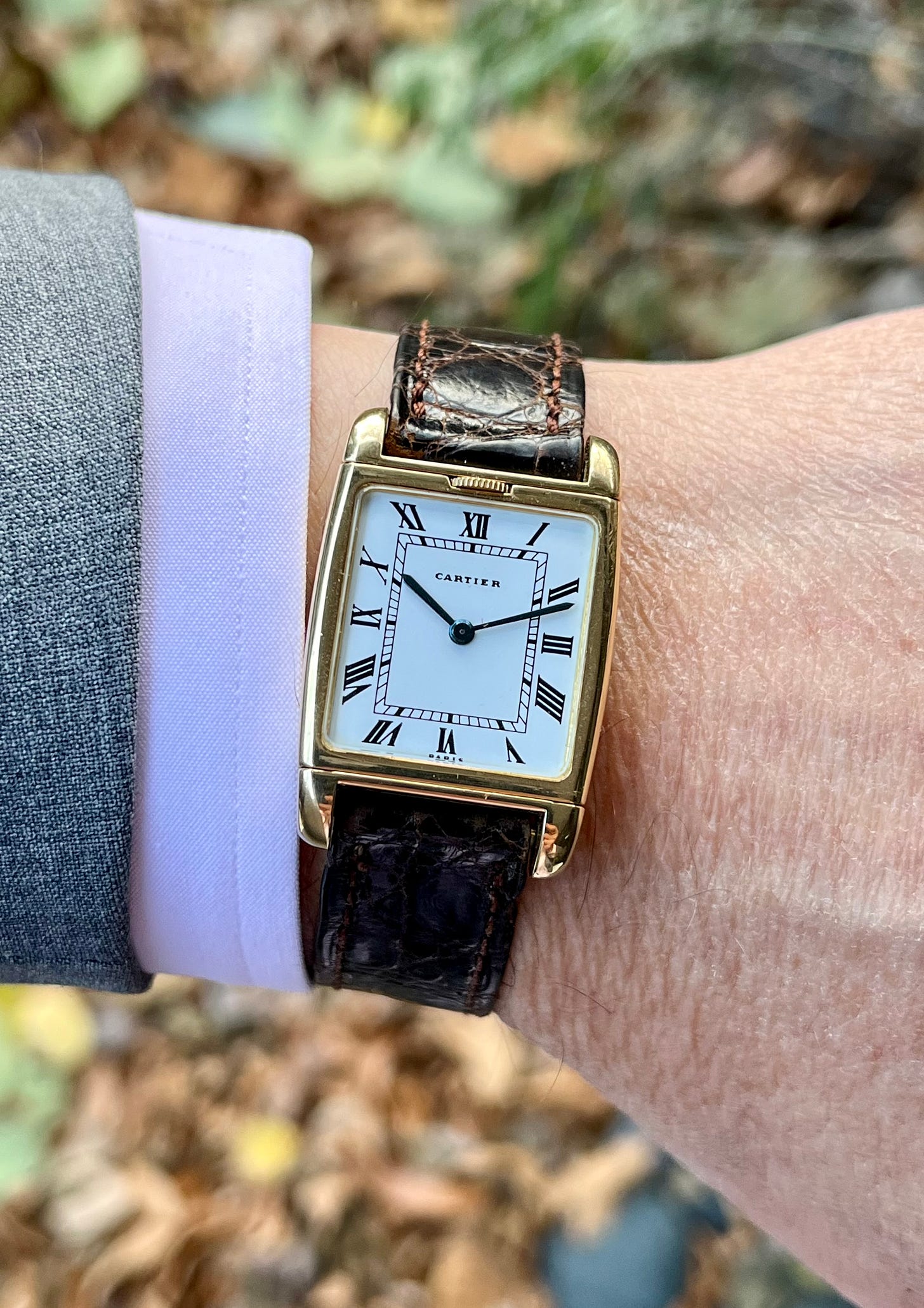
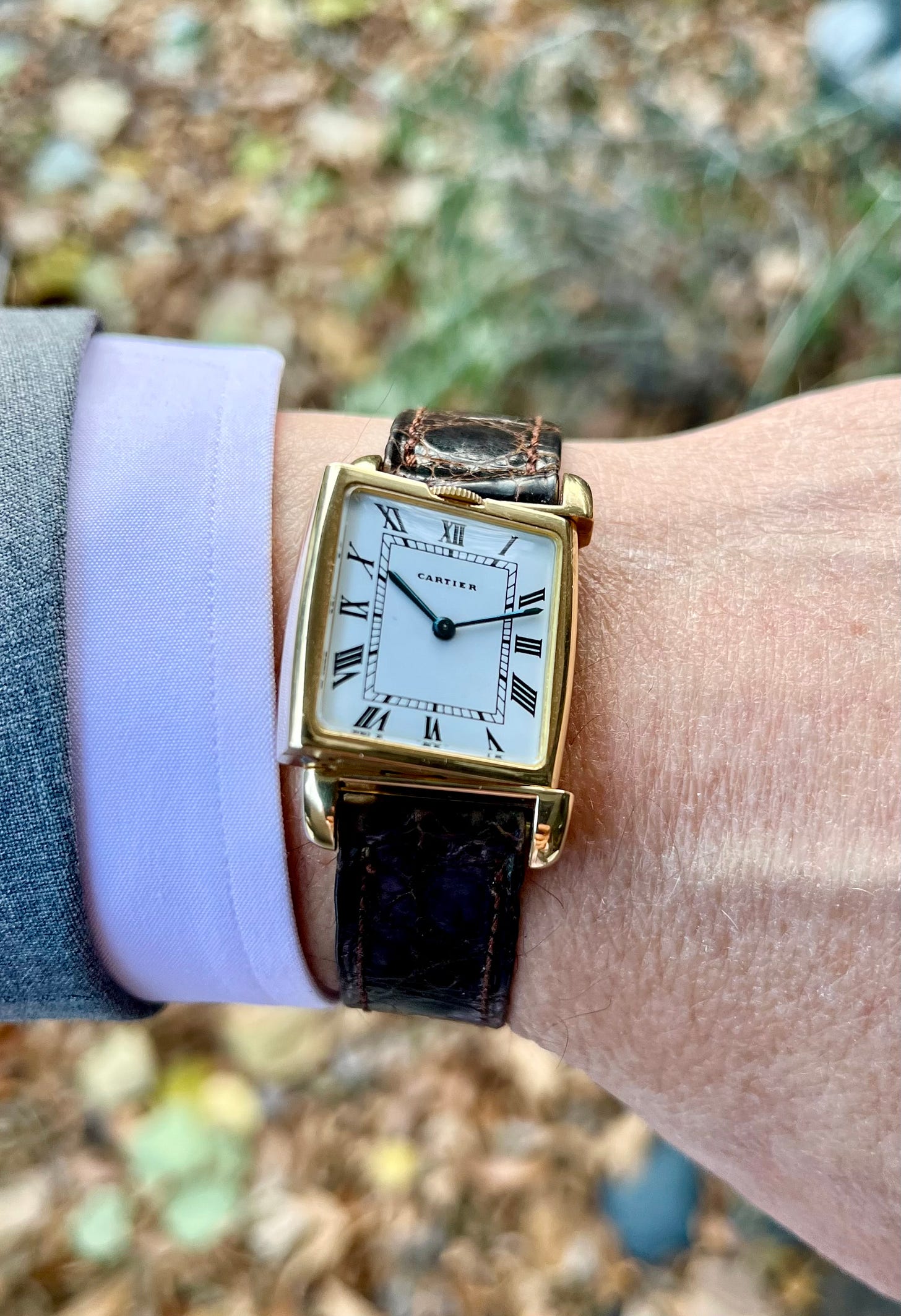
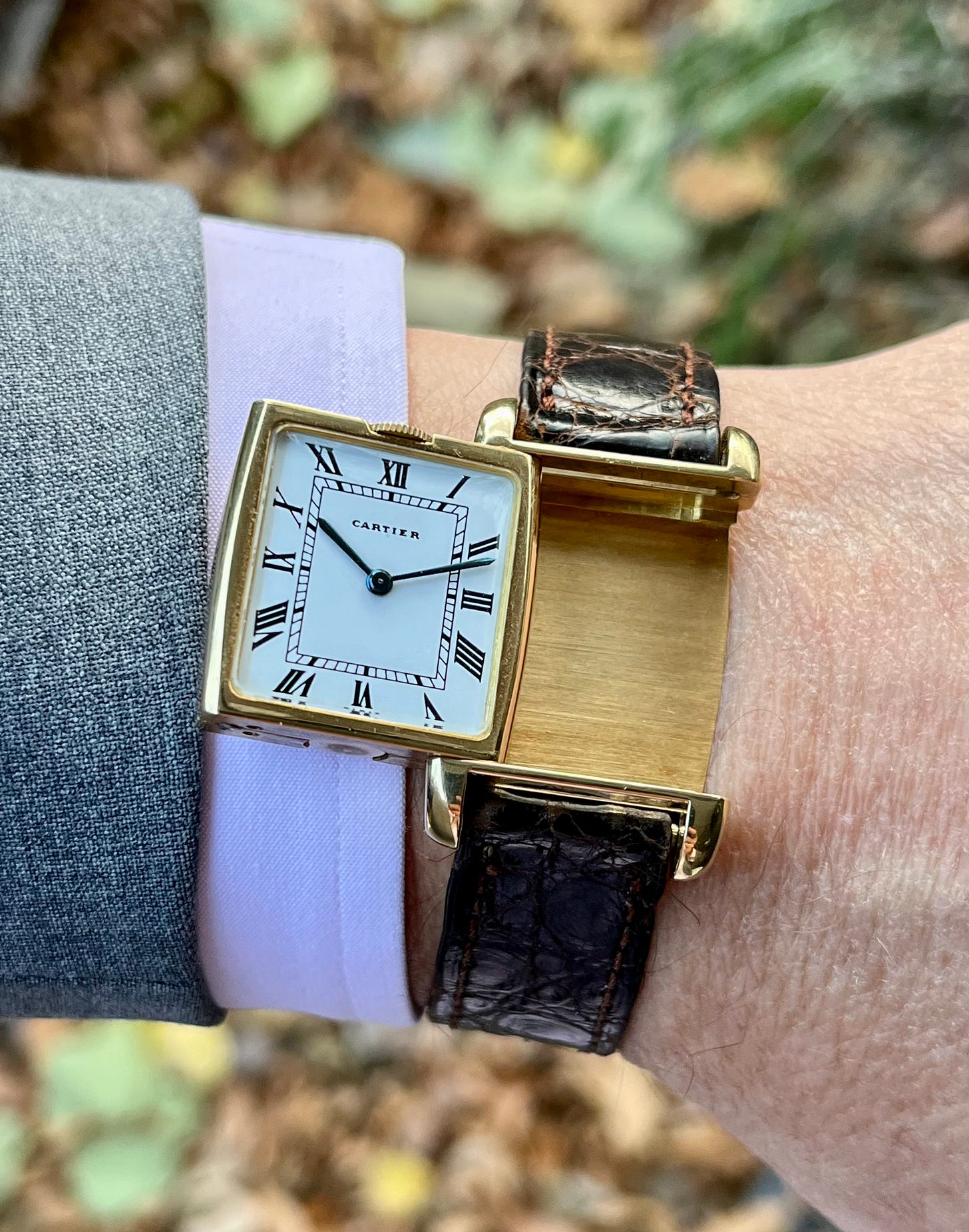
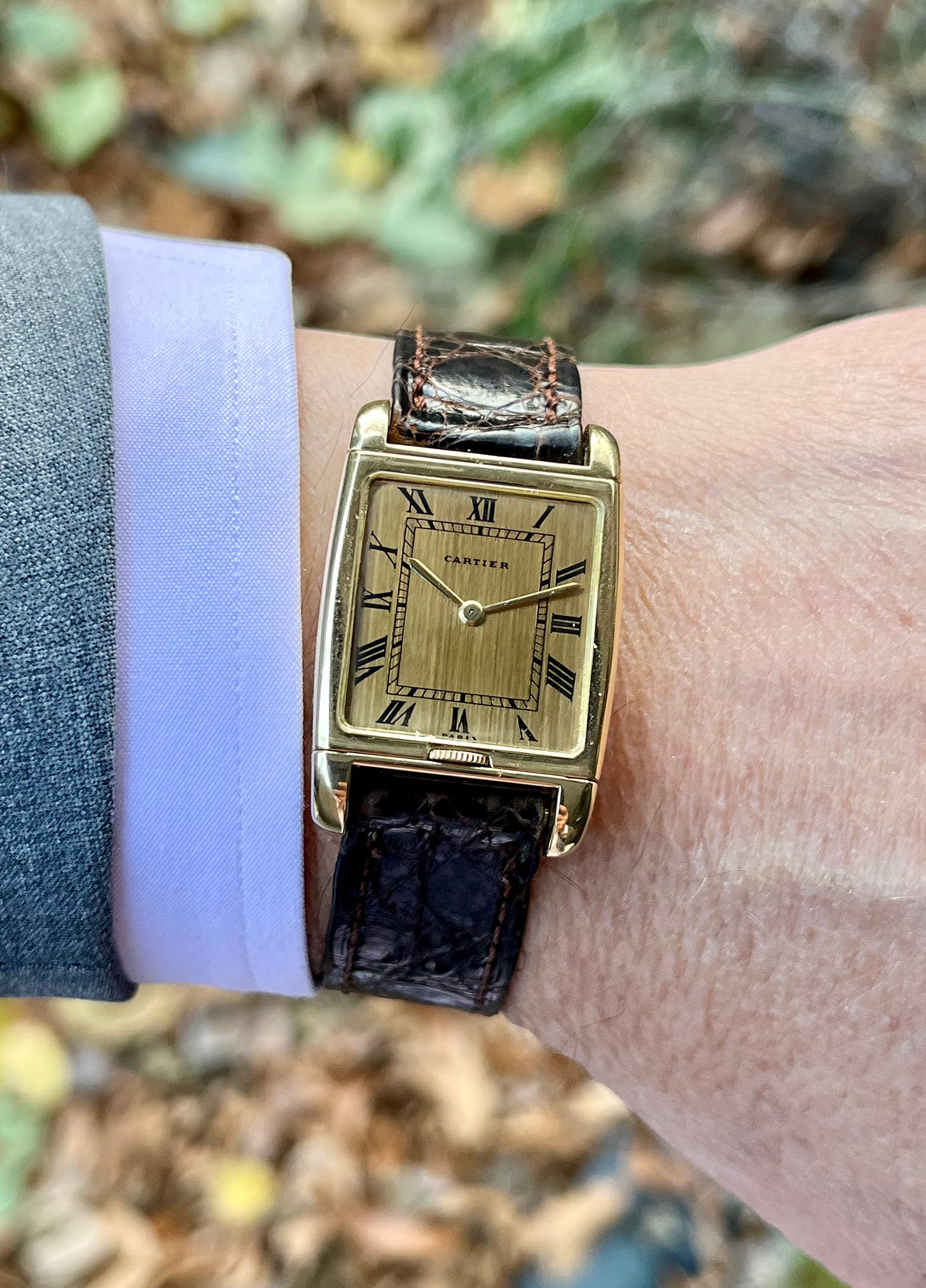
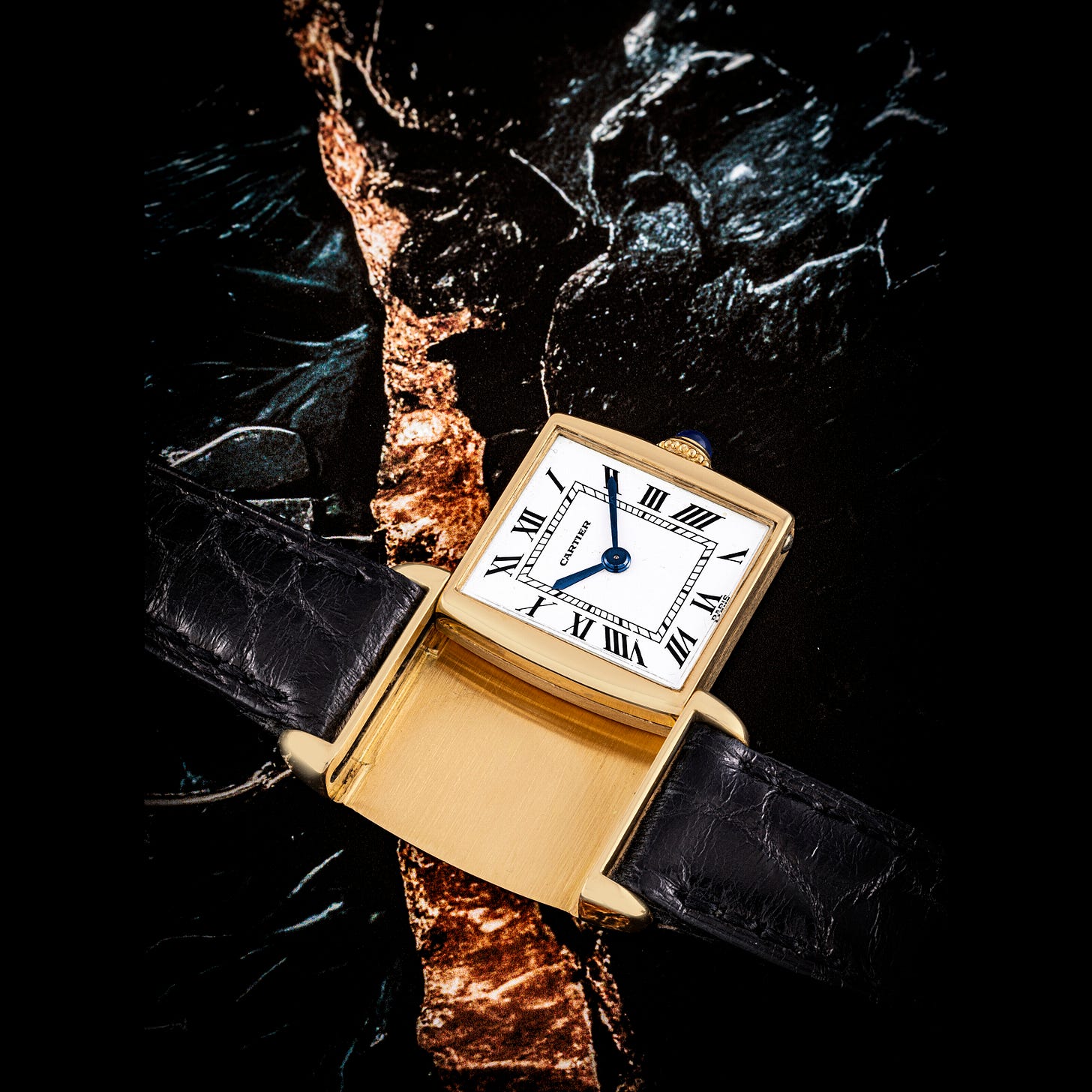
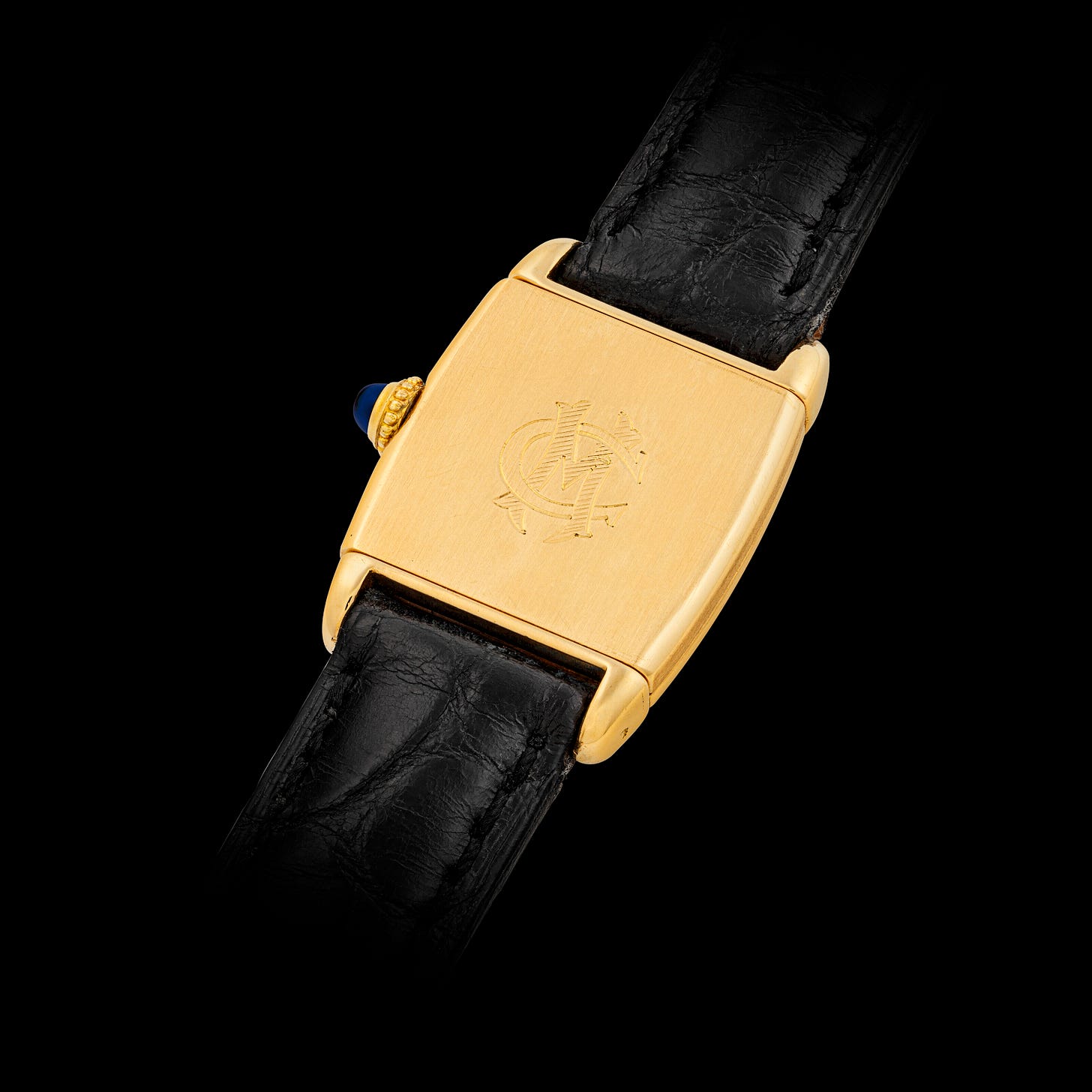
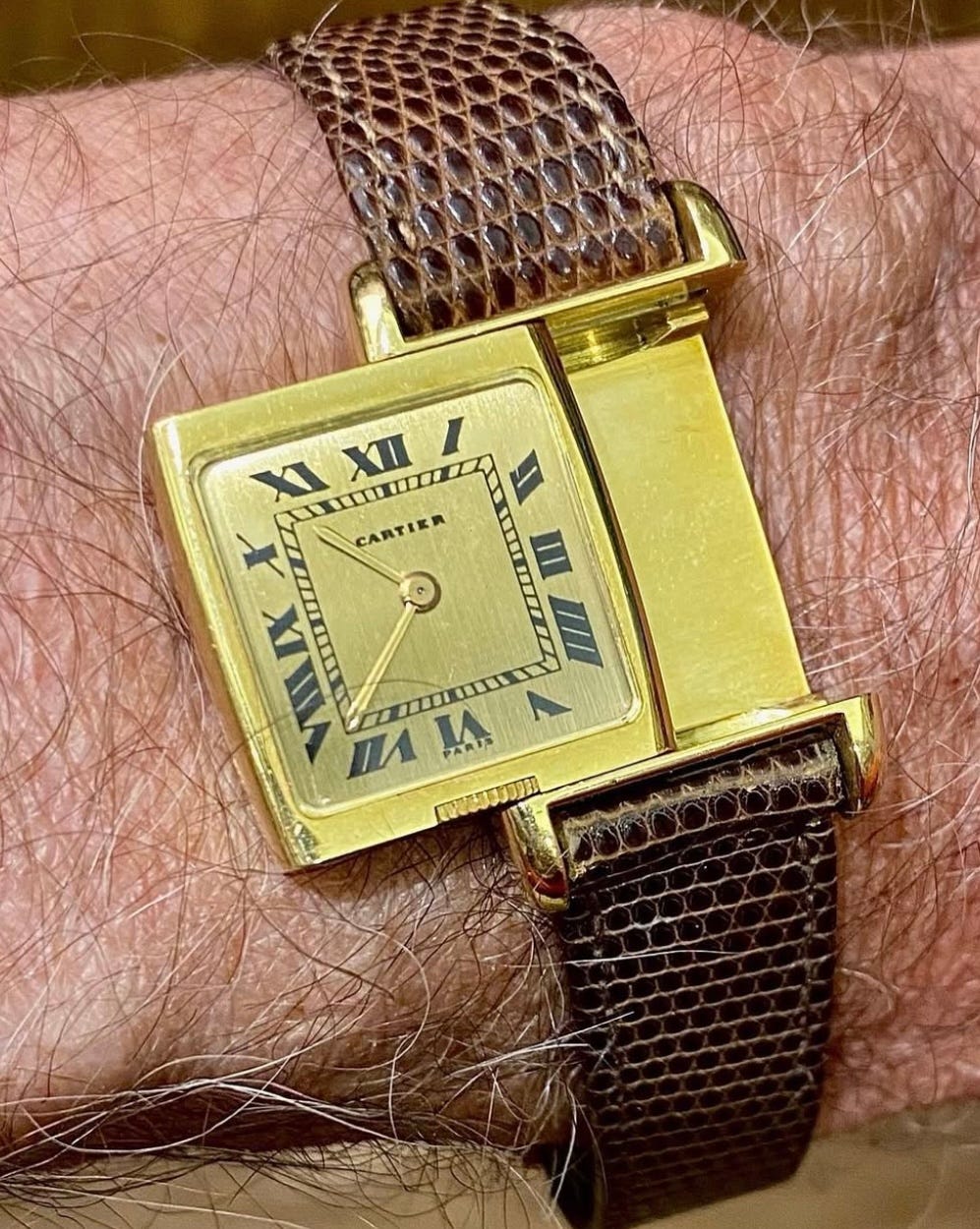
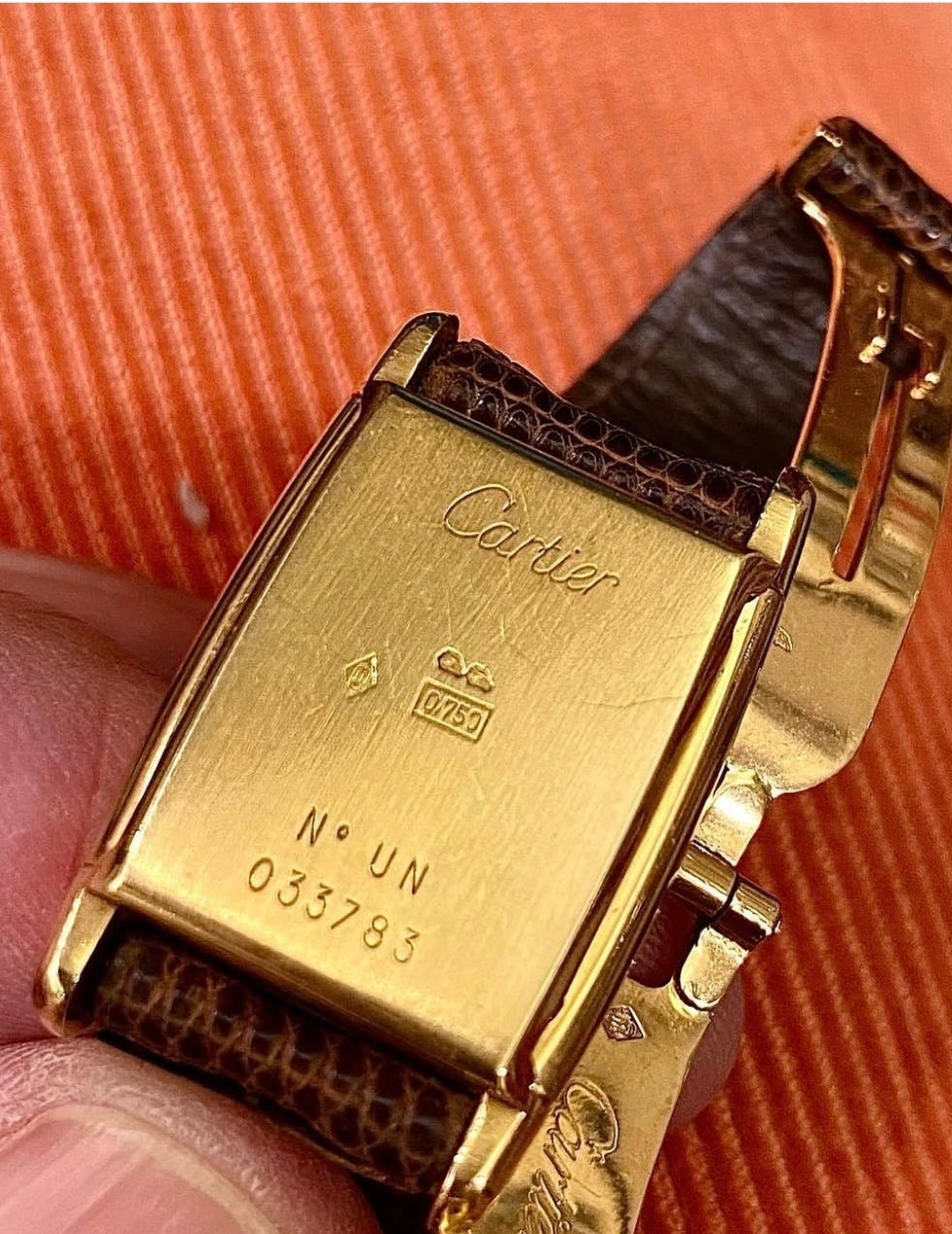
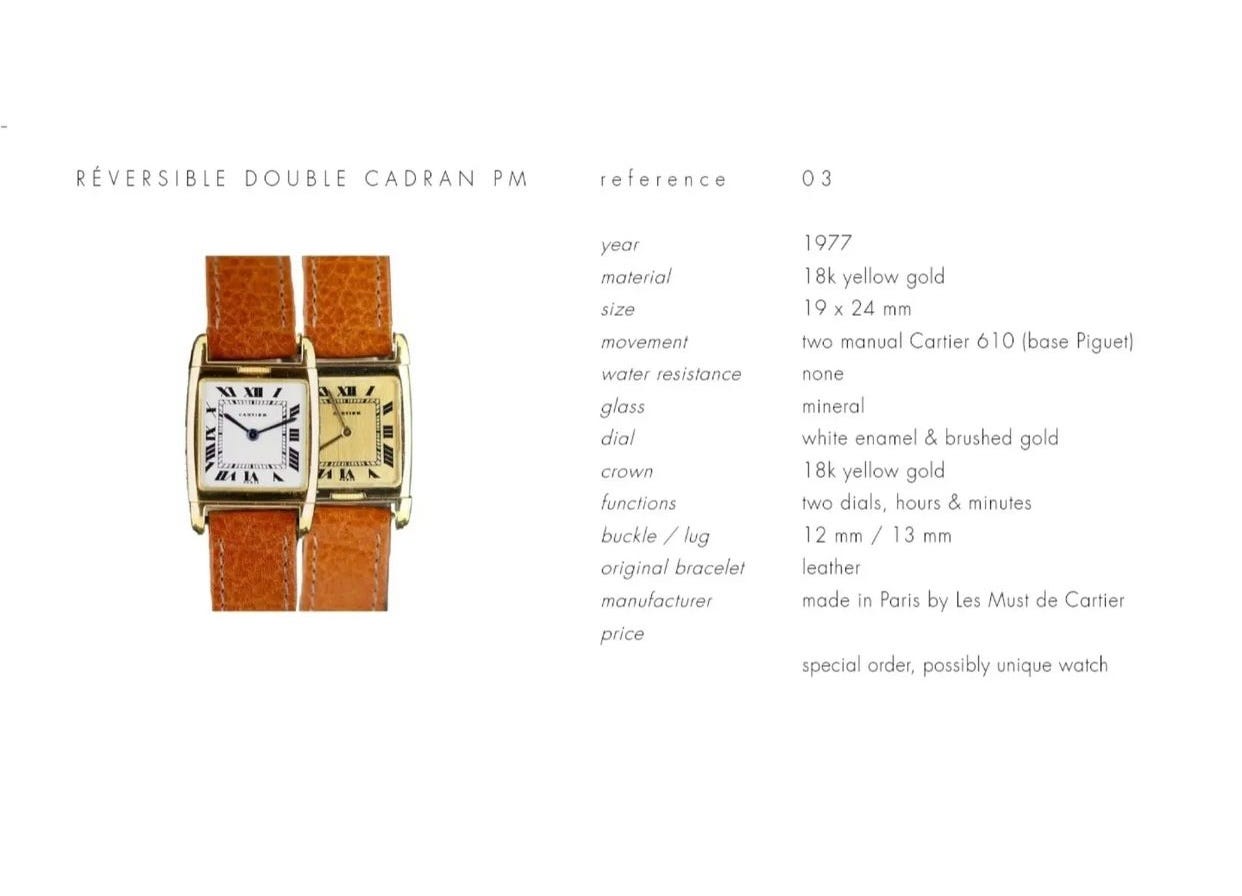
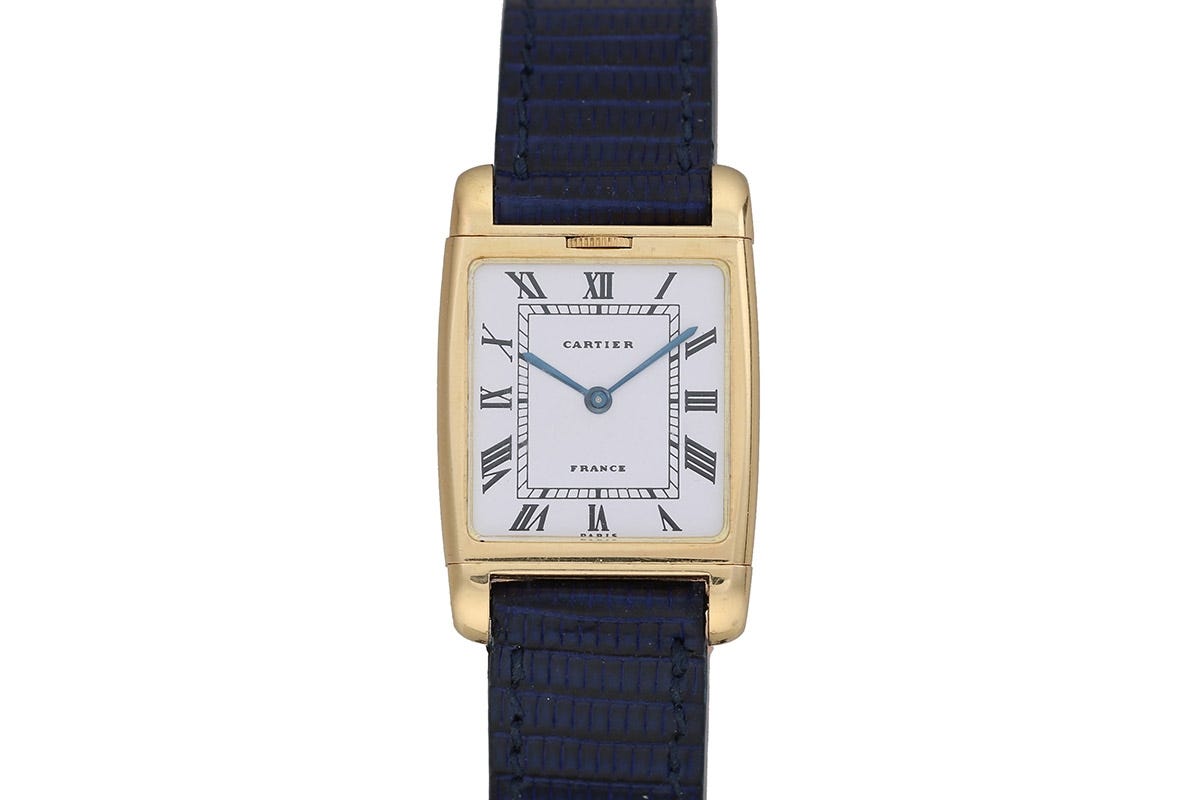
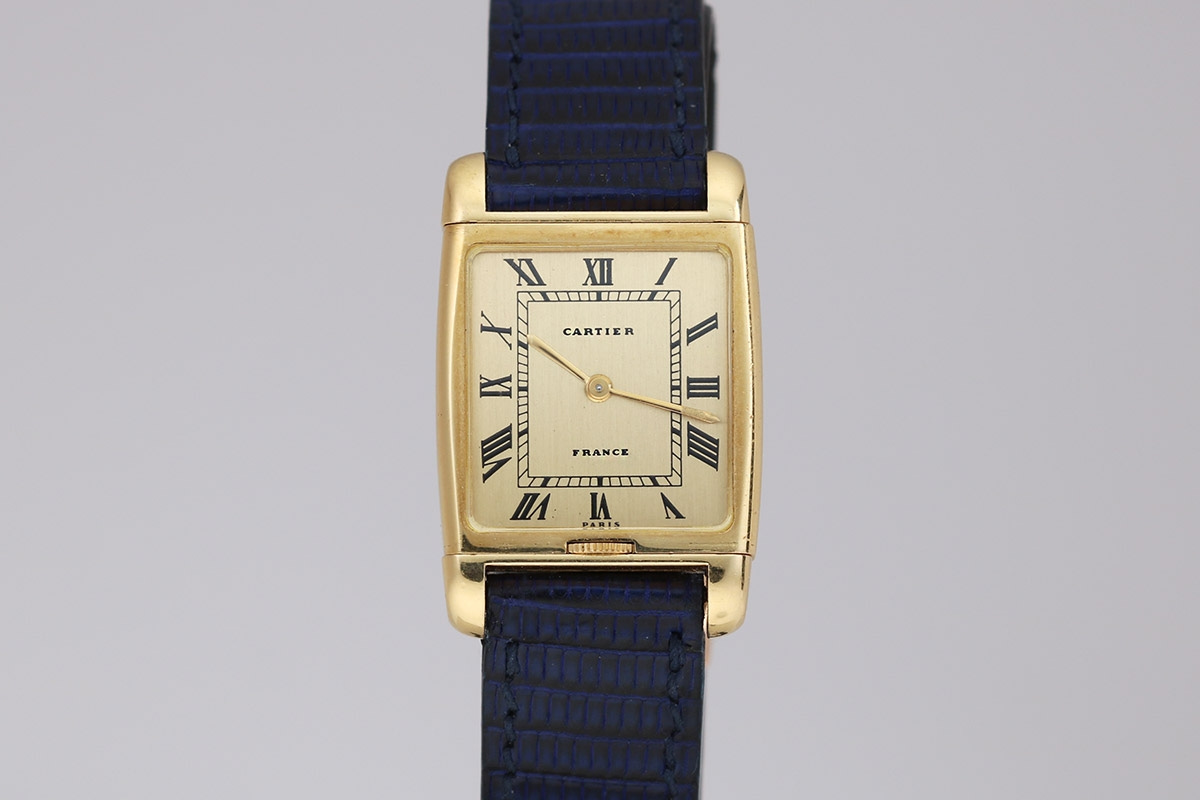
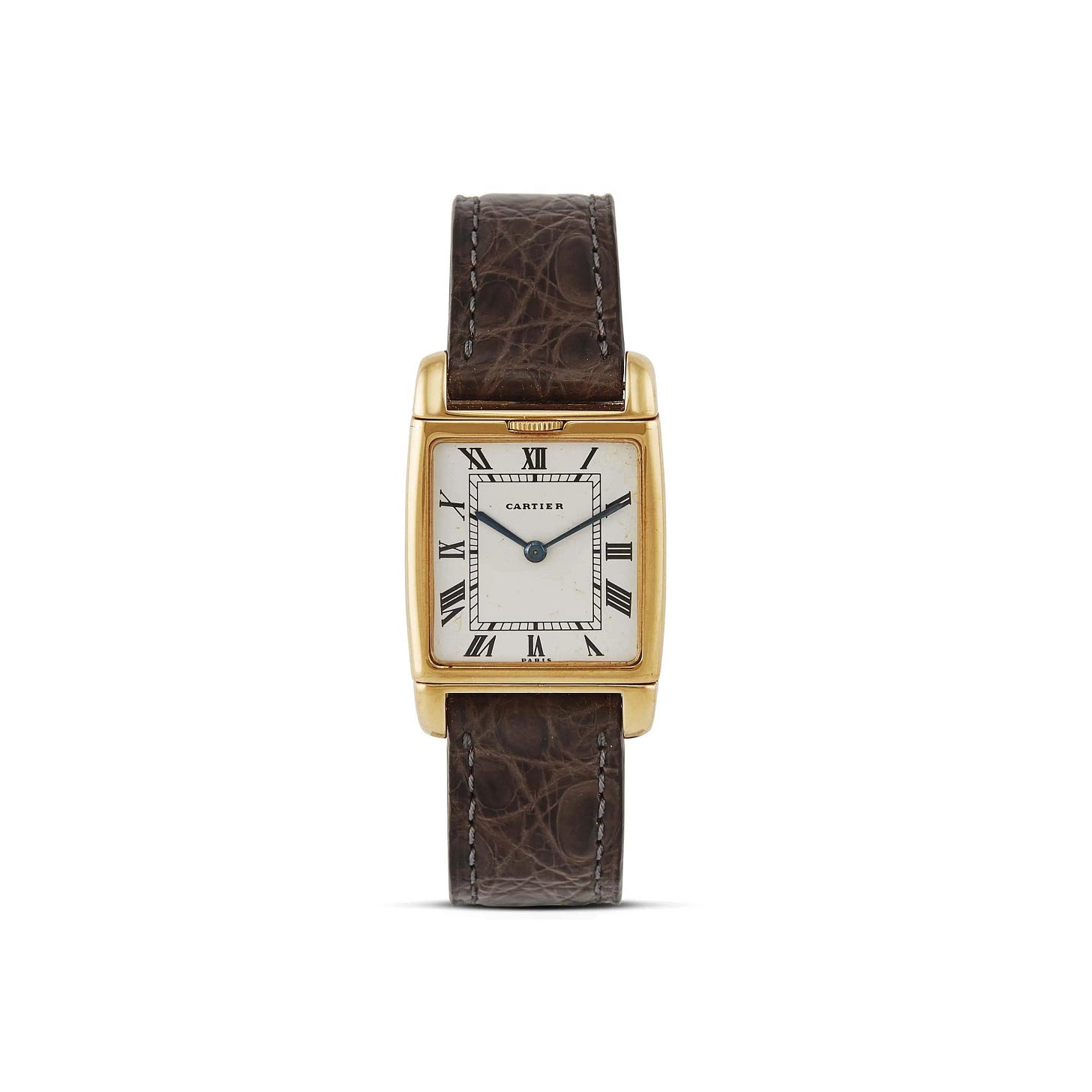
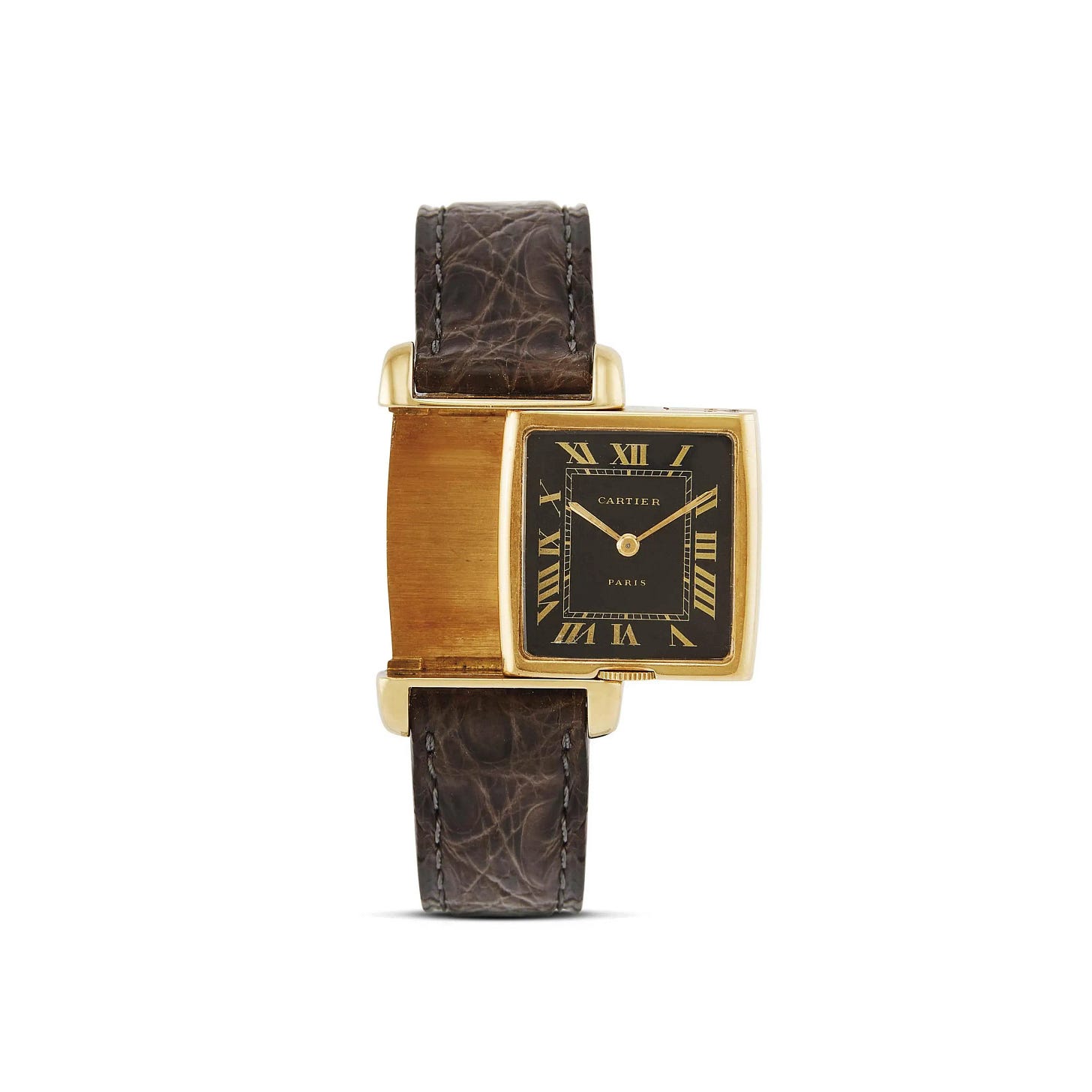
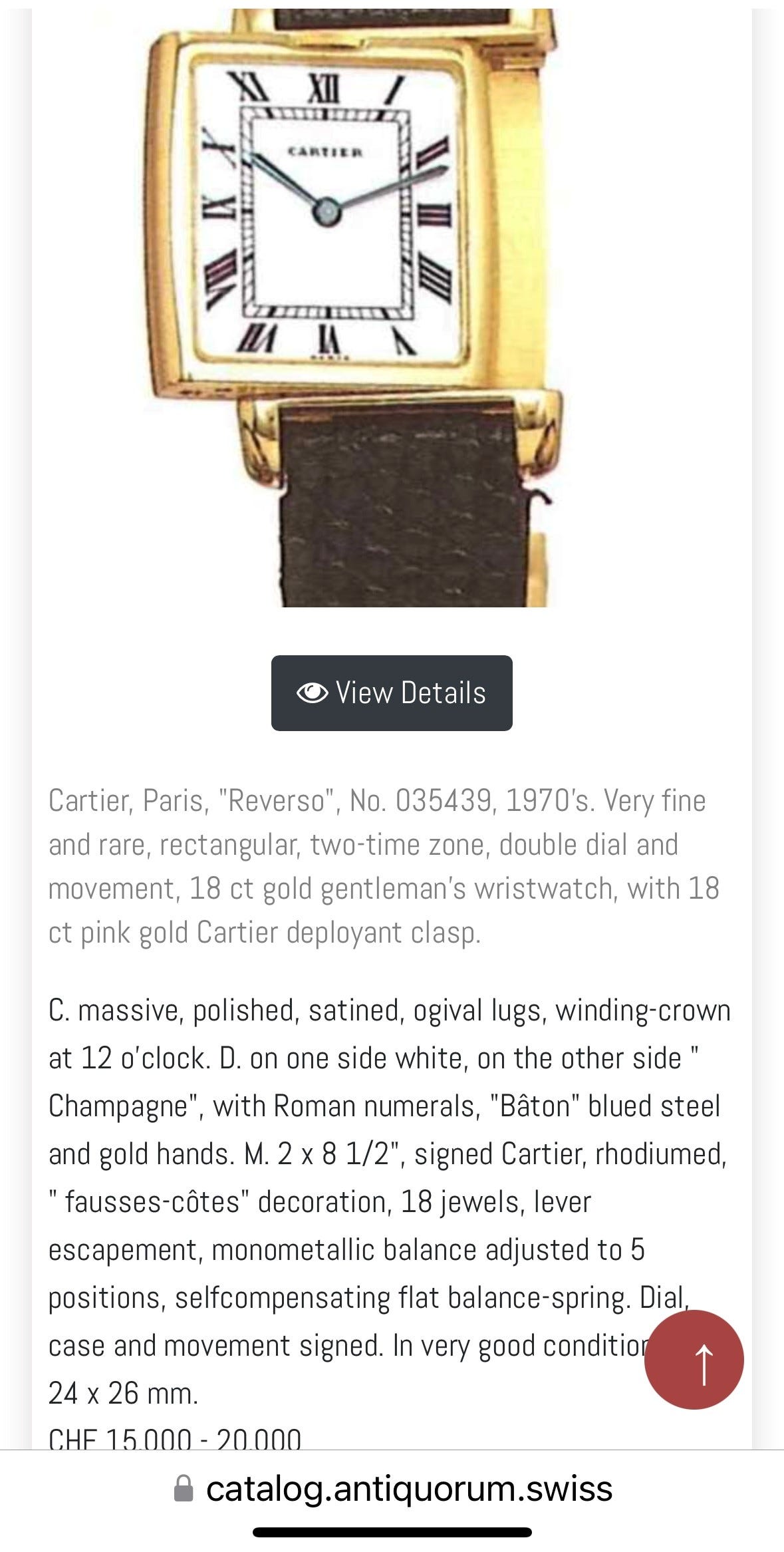
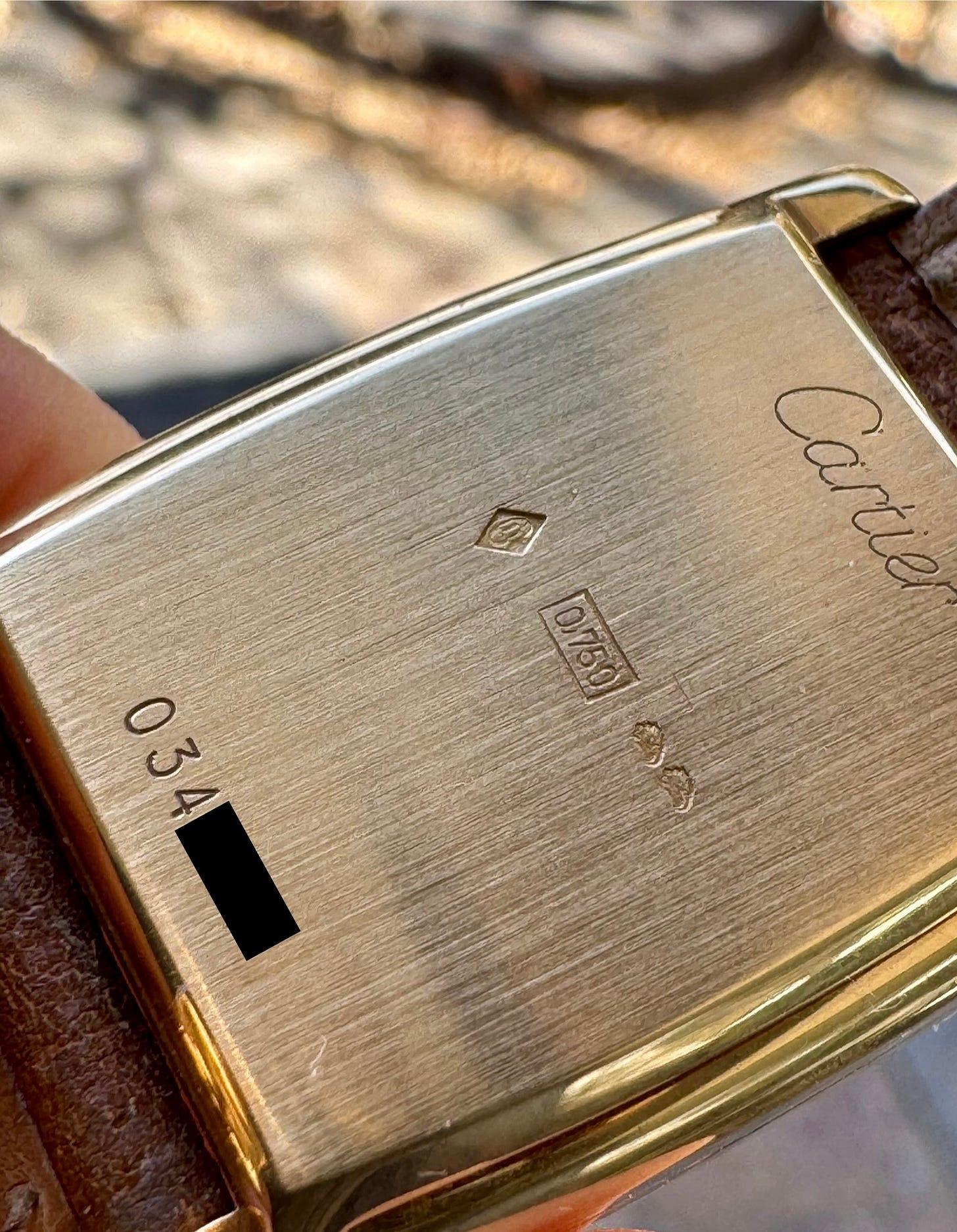
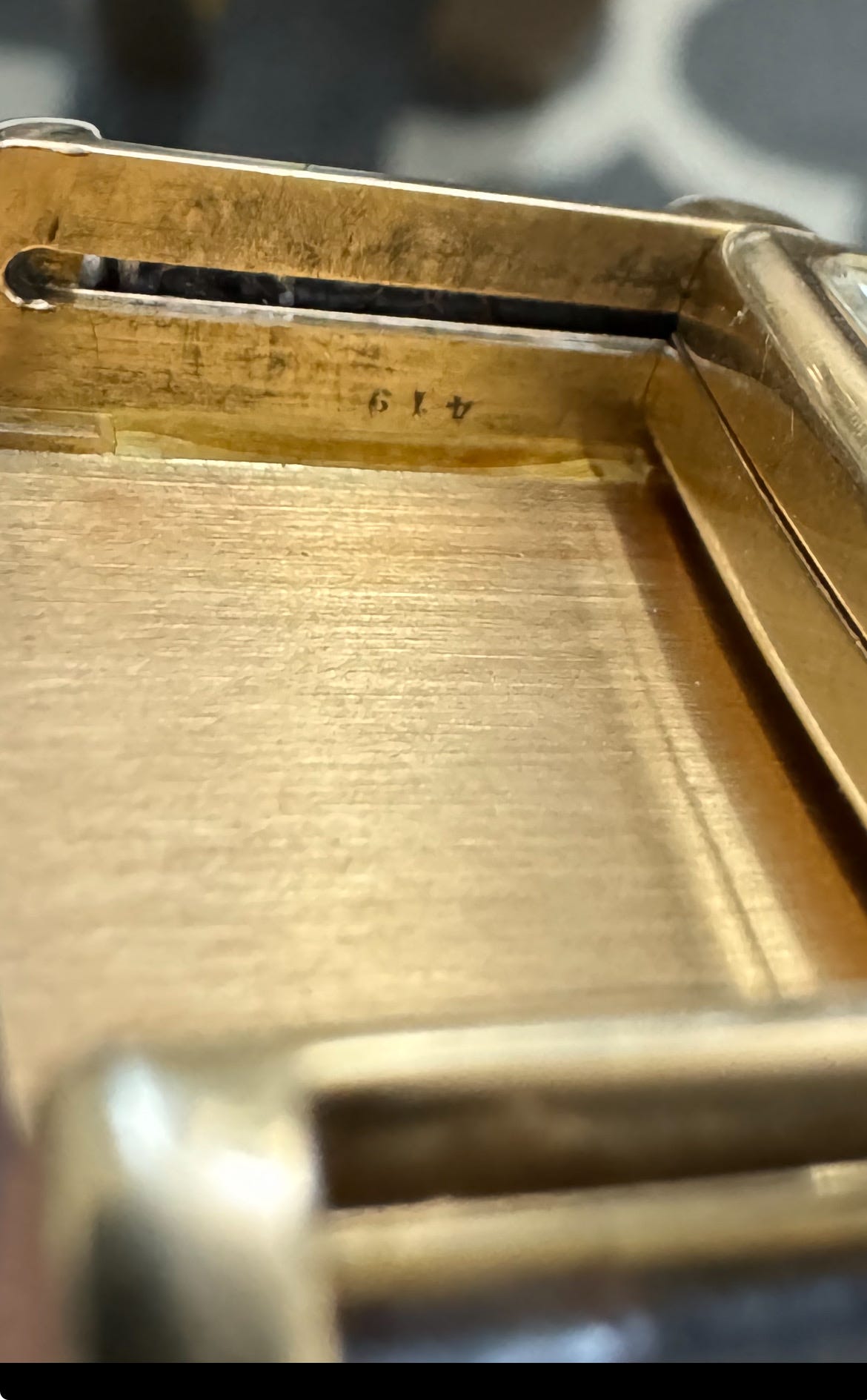
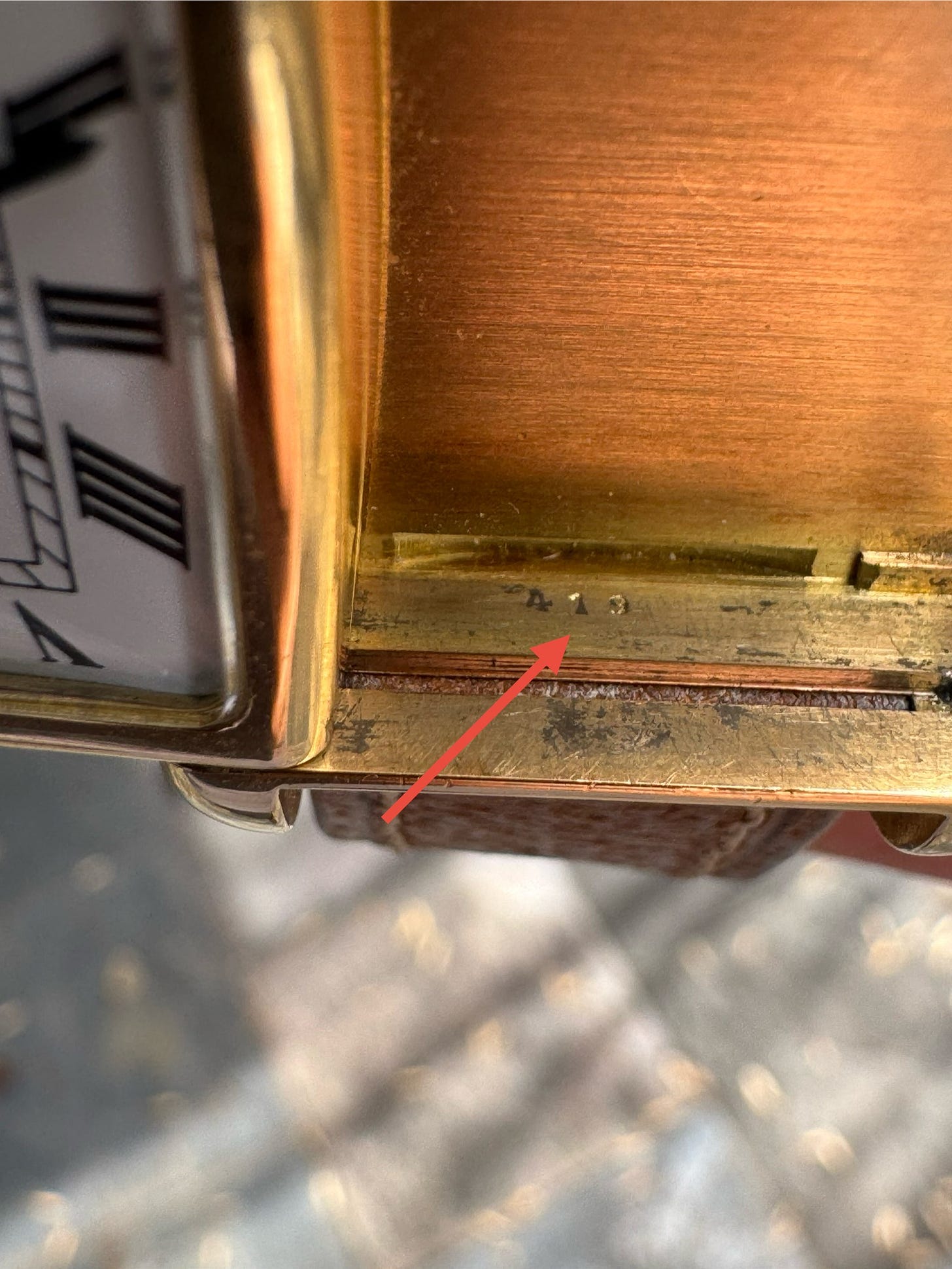
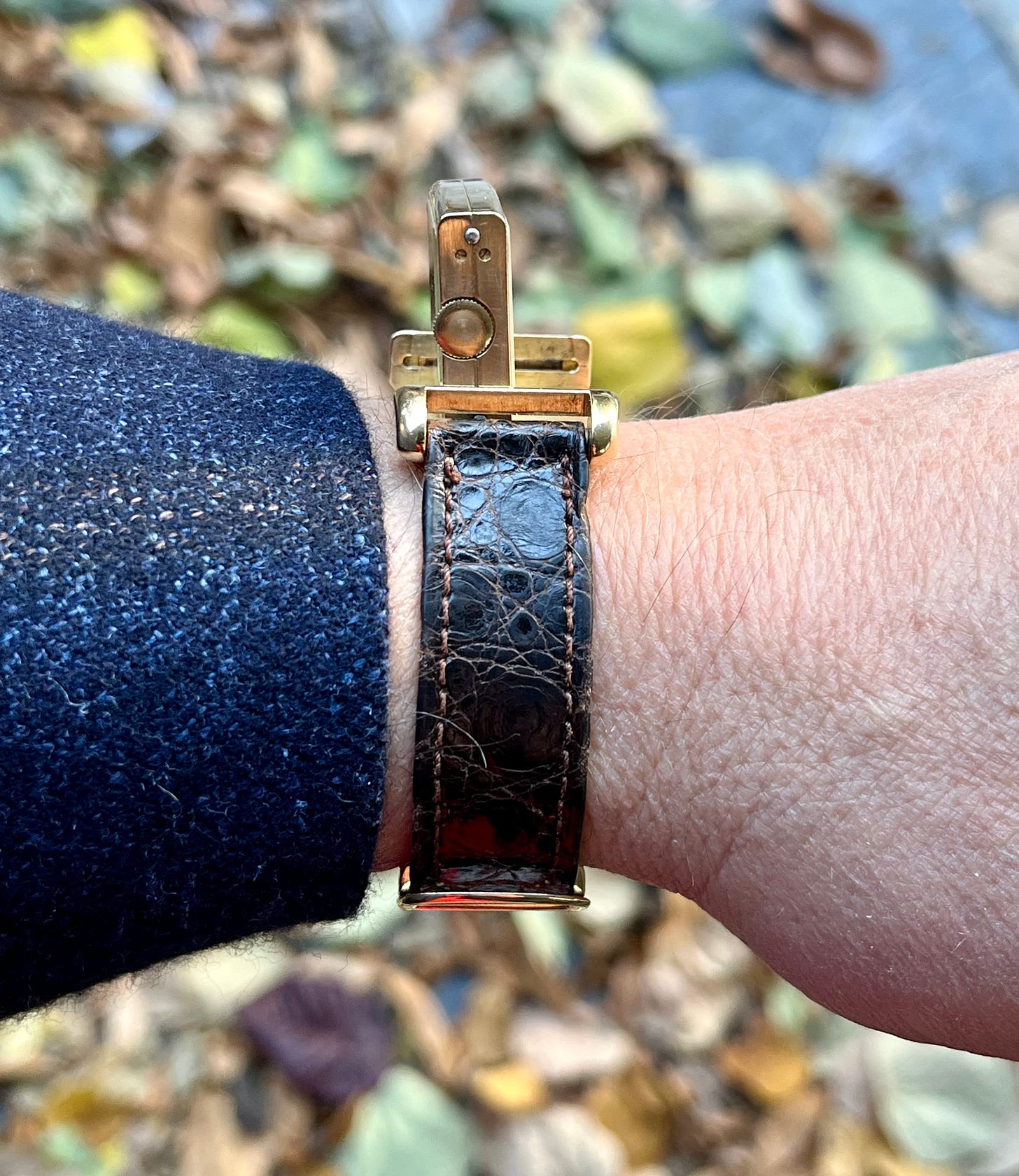
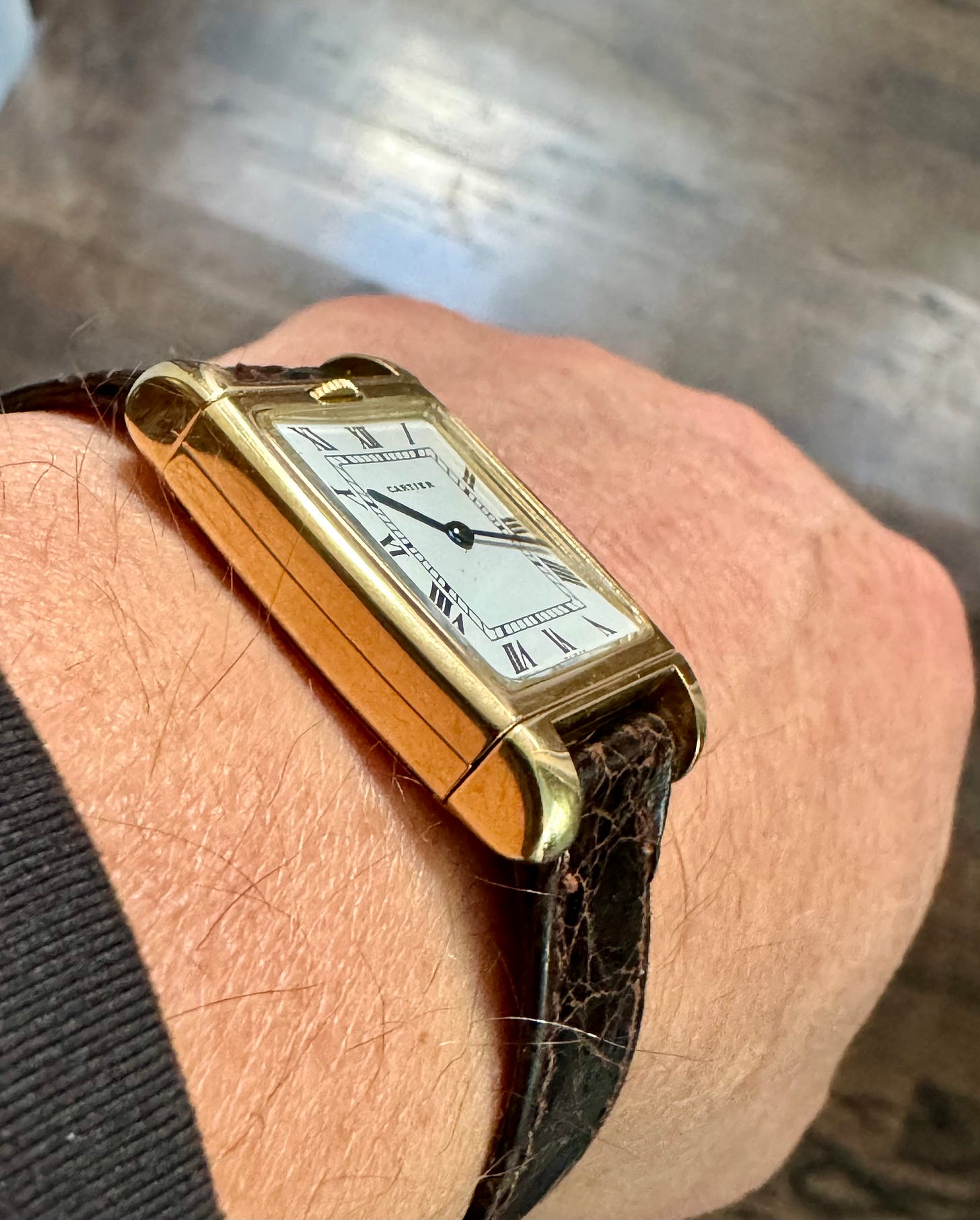
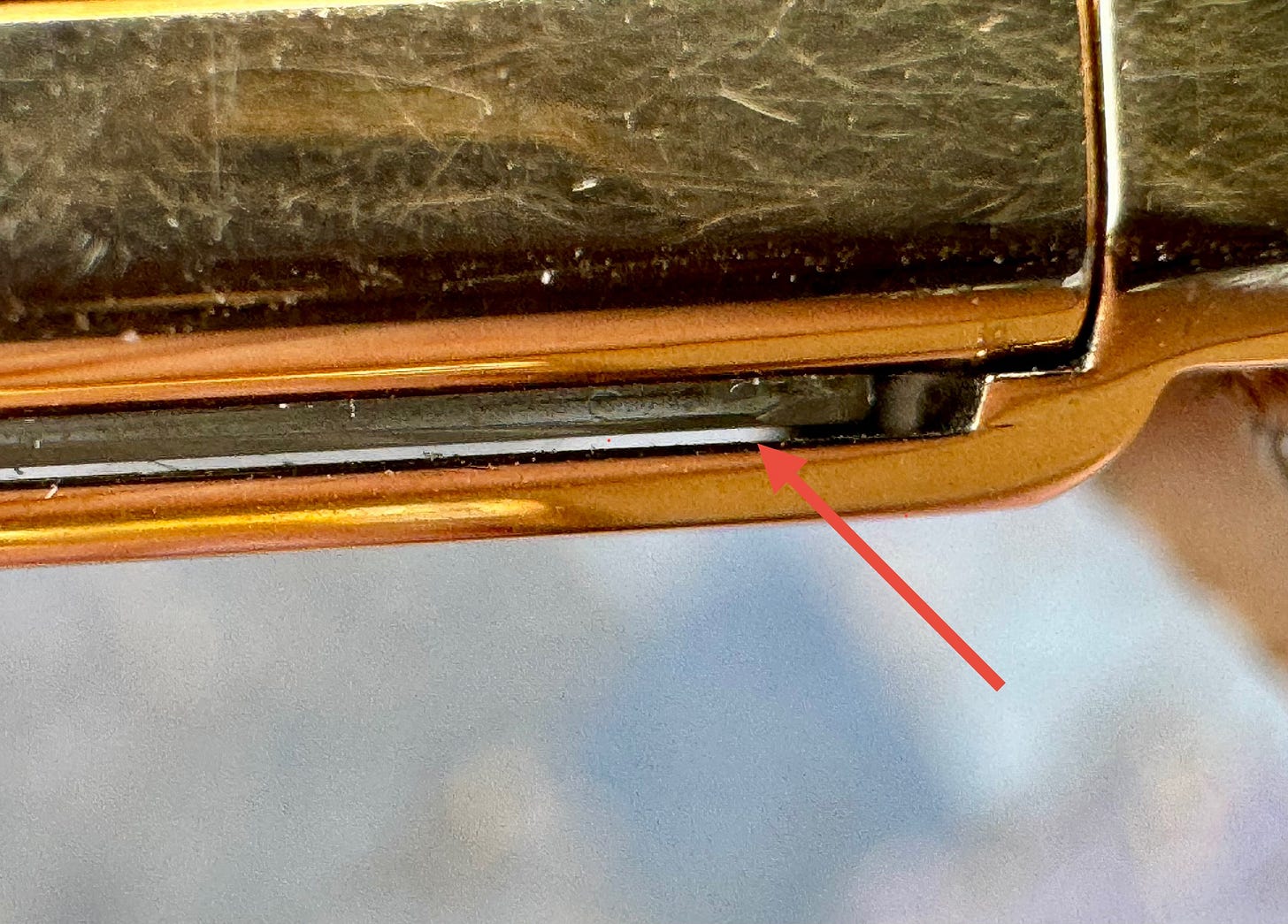
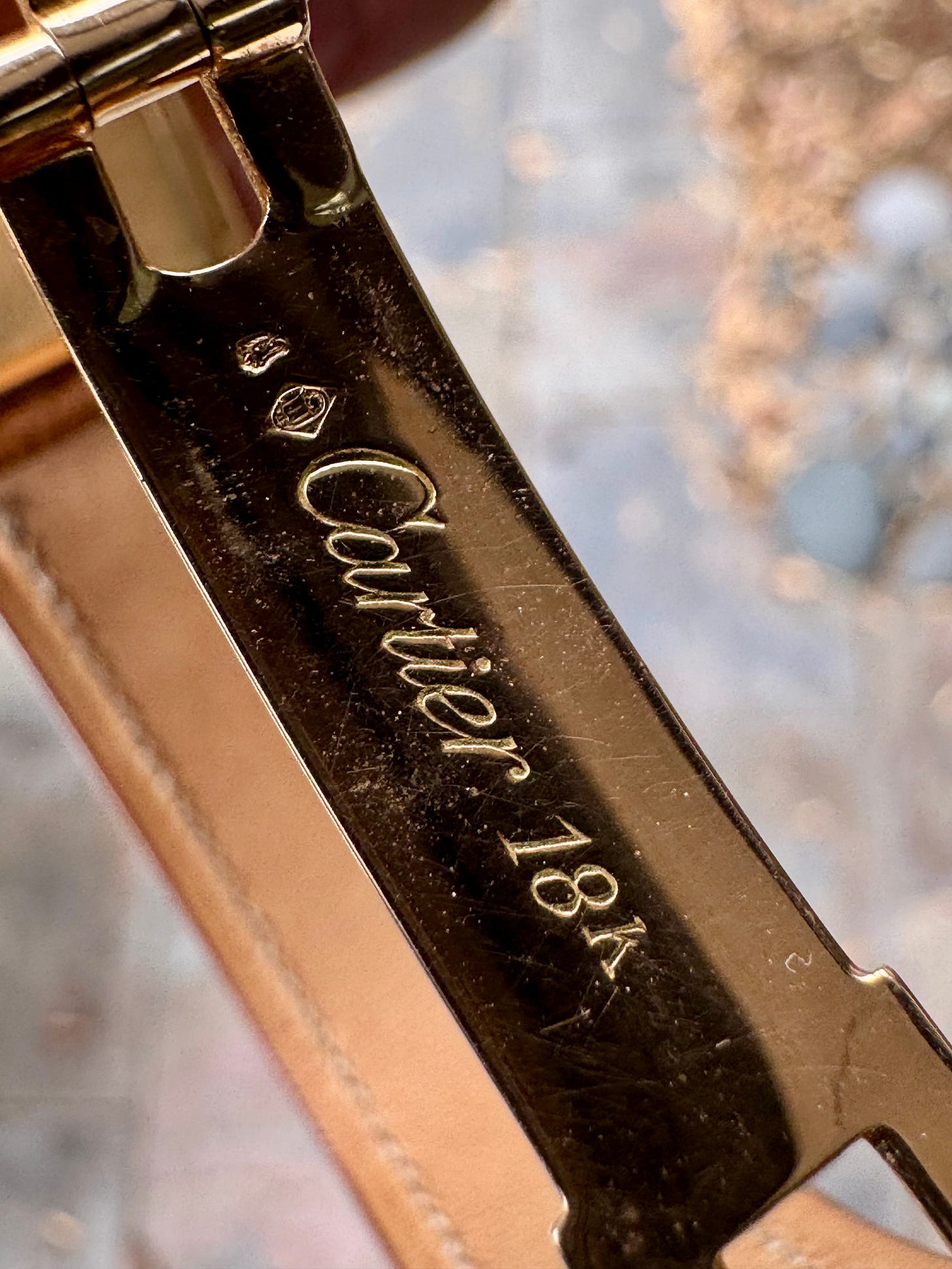
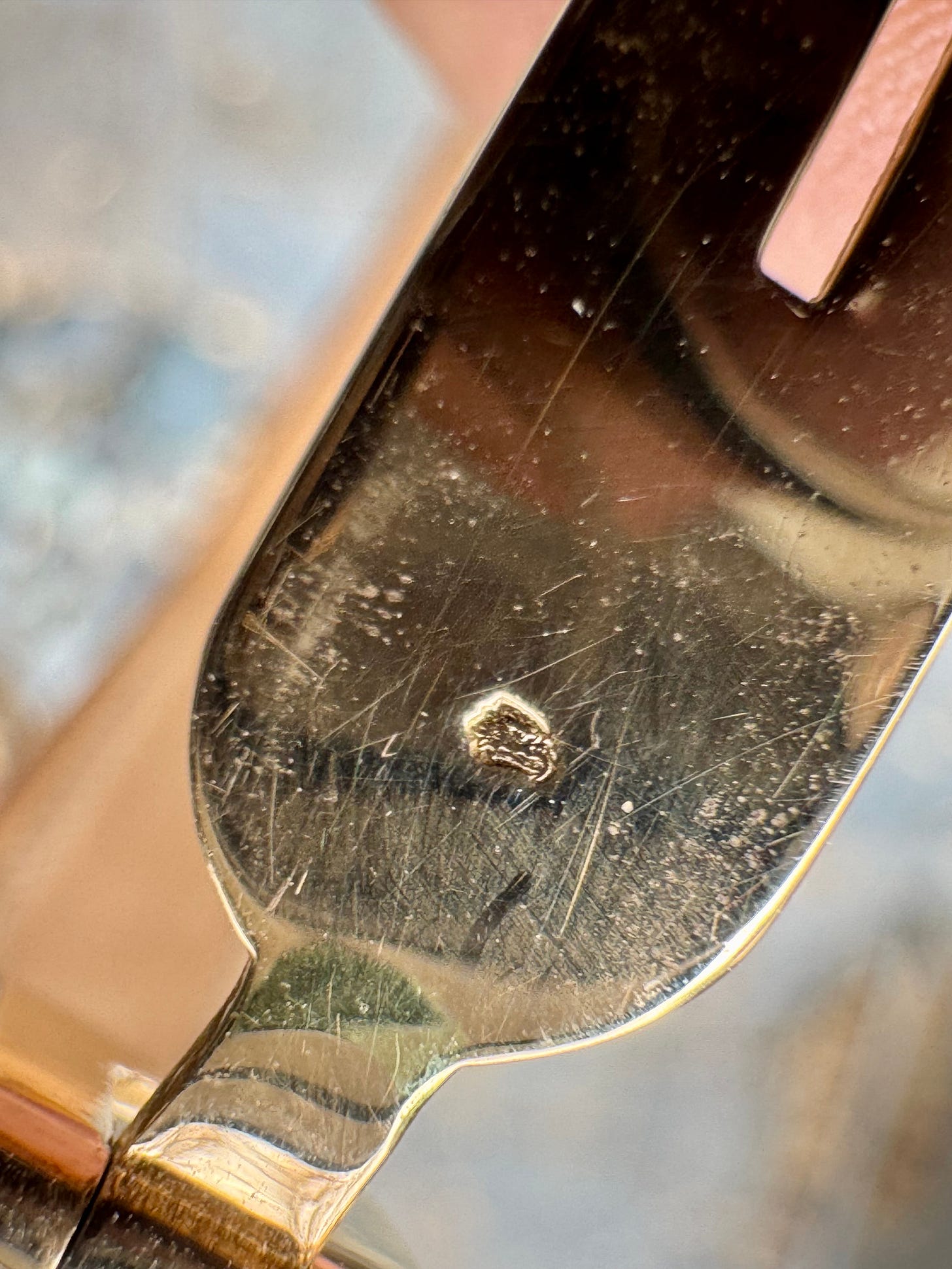
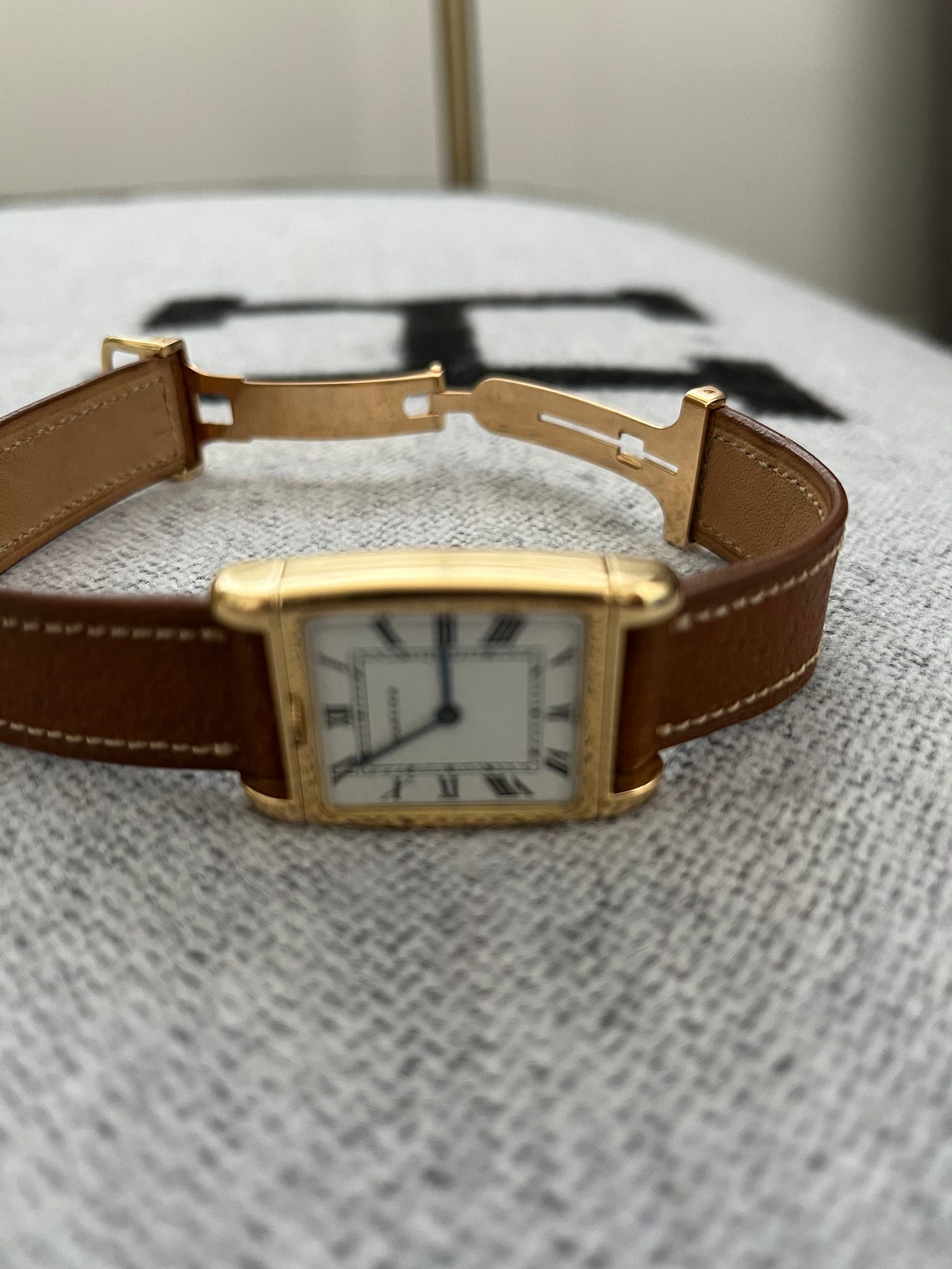
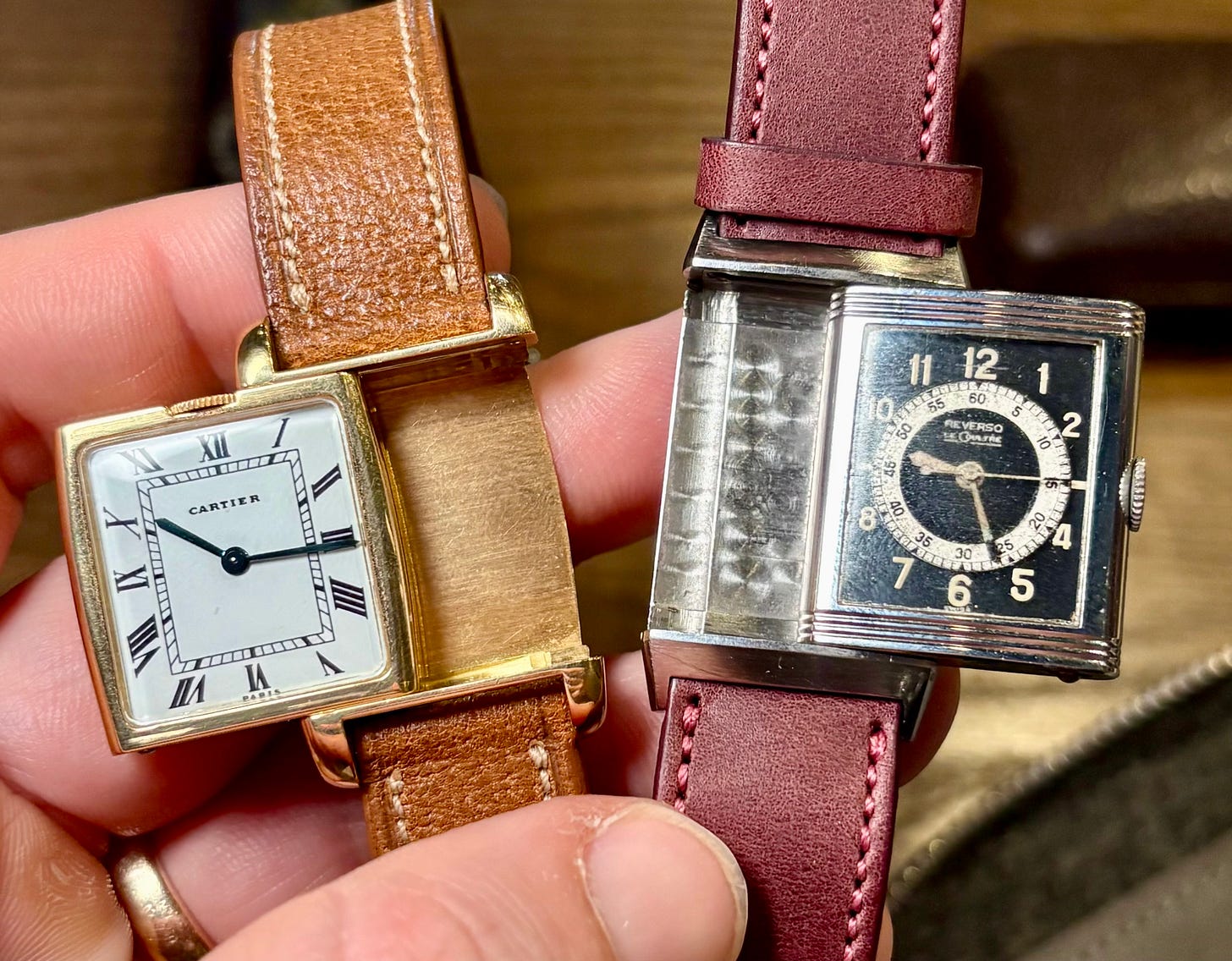
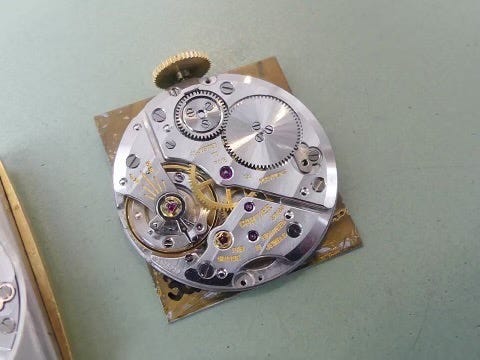
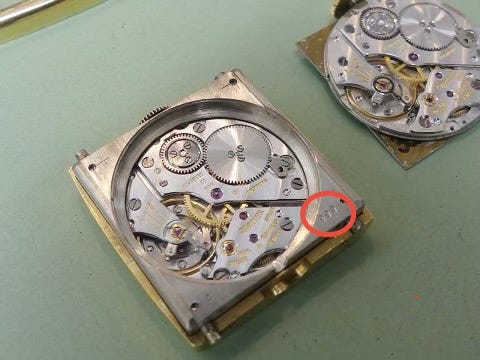
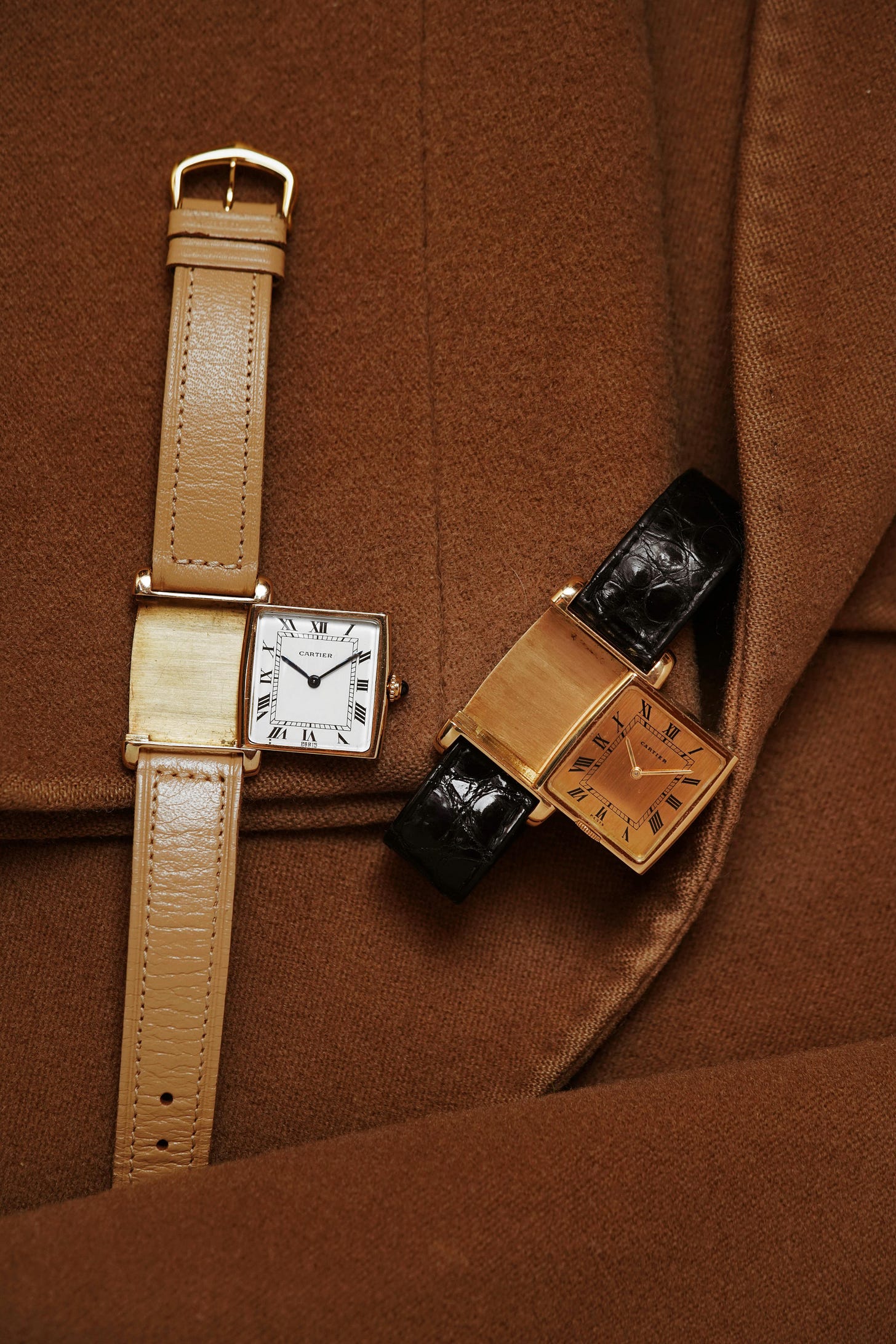
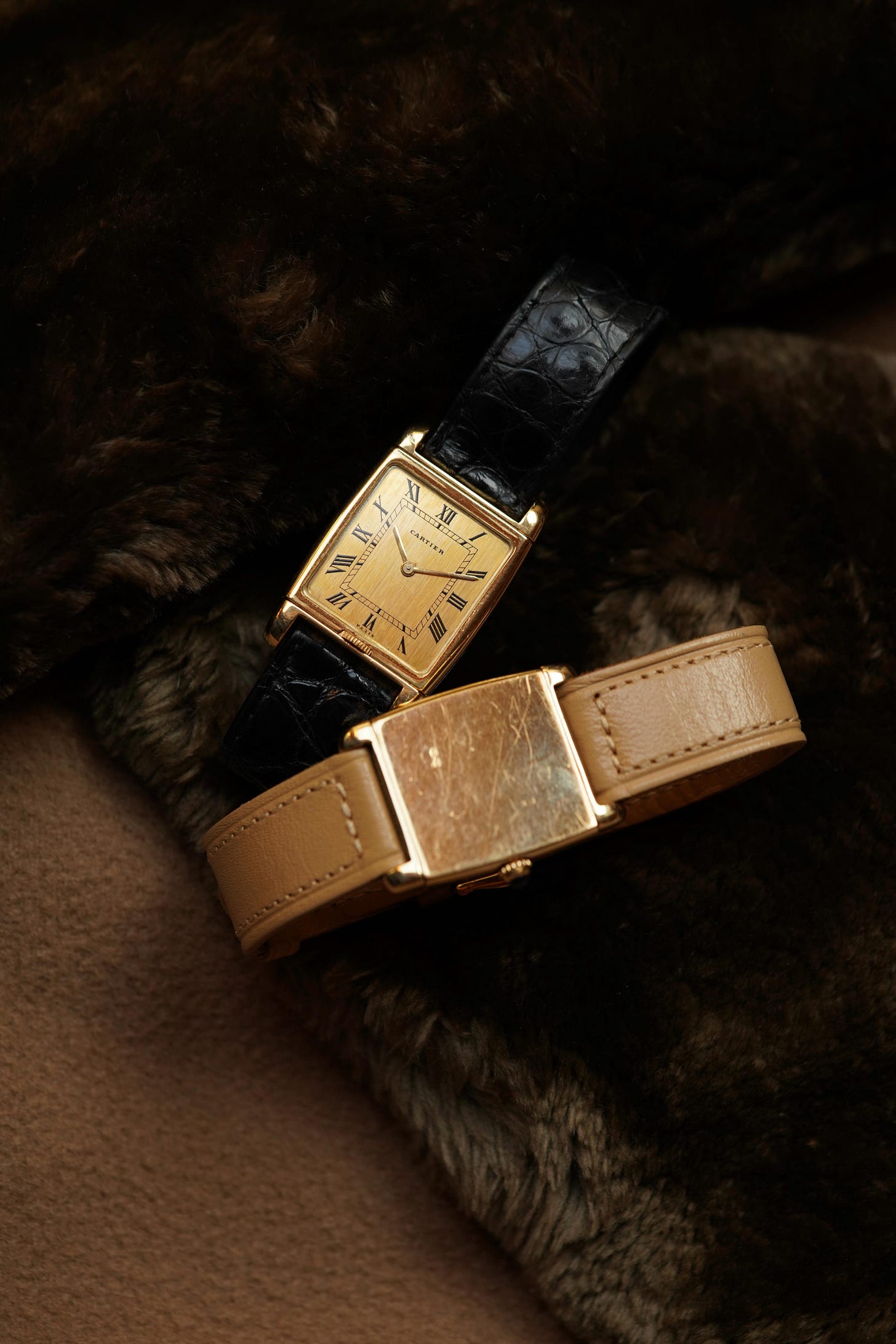
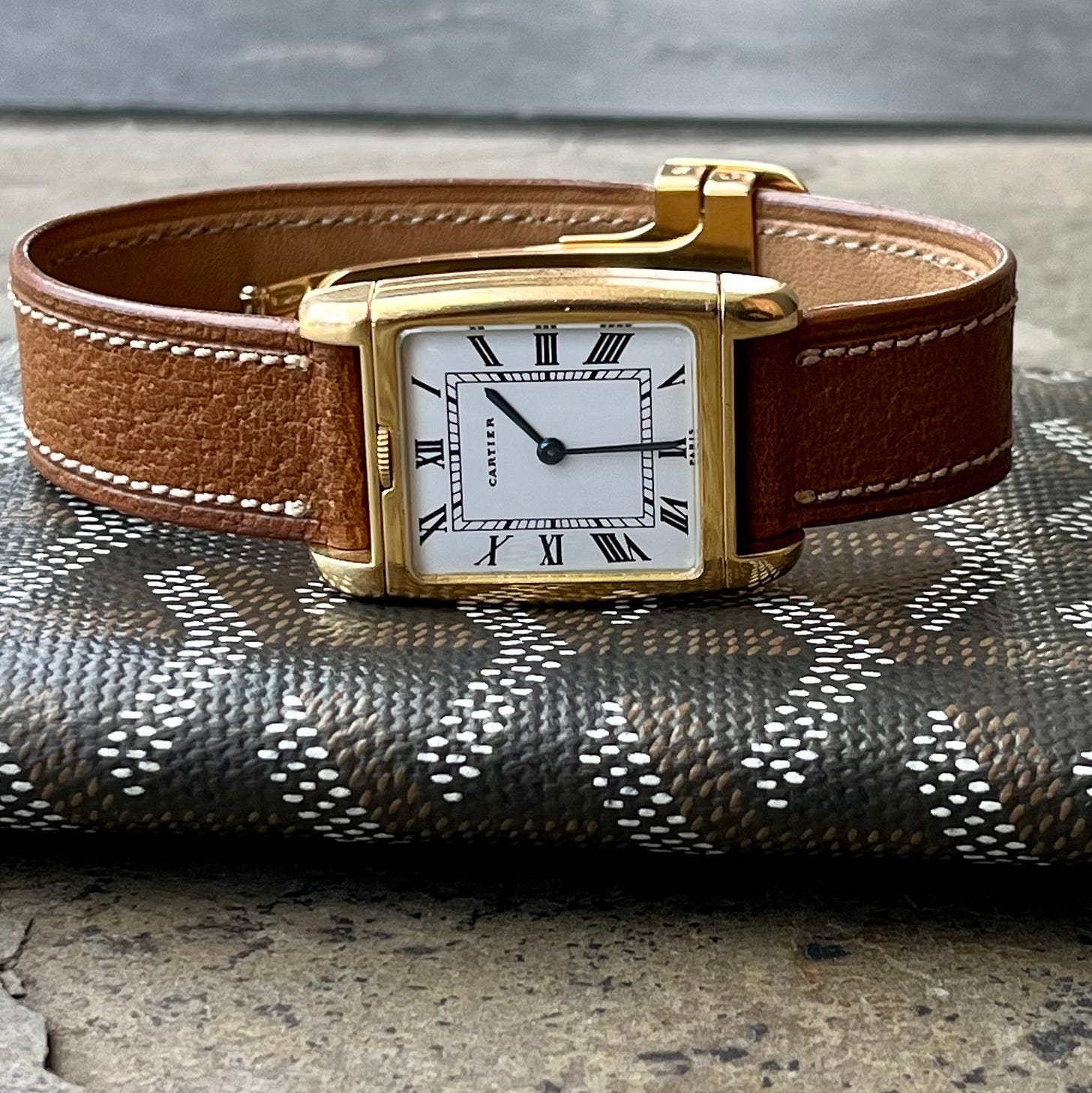
Nice to see new cartiers, always good work to do in the 70’s. How often do these dual times pop up?